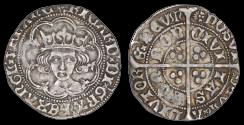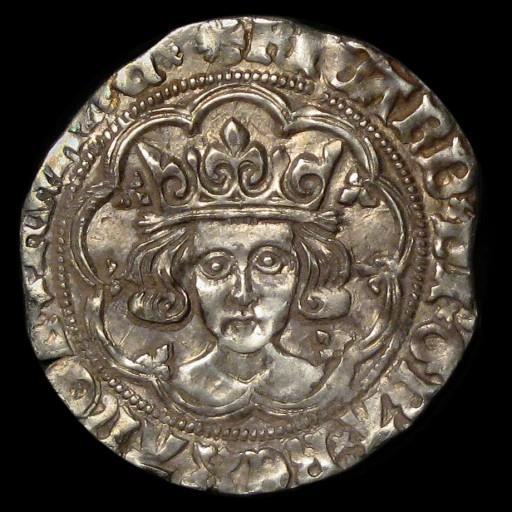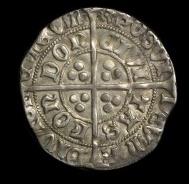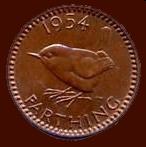













The Paragon Of Metal Detecting
Powered By Sispro1
British Sterling Currency - Numismatics,
Groat
For Reference ONLY
Everything For The Detectorist

Richard III 1483-1485 AD
Royal Monarchy
Copyright All Rights Reserved by Nigel G Wilcox E-Mail: ngwilcox100@gmail.com
Designed by Nigel G Wilcox

INFORMATION - DATA
Pages
Coin Writing Translations:


Groat
Image above - Type III, in Richard's name, mint mark sun and rose 2. Silver Groat.
With letters 'L' and 'M' of type L2 and M2, 2.83g. A wonderfully struck example with a sharp portrait and clear mint marks and regnal name. Flan a little irregular but of full weight, some original brilliance, nearly extremely fine and about as struck. Period House of York. Estimated value around 2800
With letters 'L' and 'M' of type L2 and M2, 2.83g. A wonderfully struck example with a sharp portrait and clear mint marks and regnal name. Flan a little irregular but of full weight, some original brilliance, nearly extremely fine and about as struck. Period House of York. Estimated value around 2800

The most commonly encountered coin of Richard III is the silver groat or four-penny piece which bears the stereotyped medieval facing portrait surrounded by the abbreviated wording RICARDVS DI GRA REX ANGLI Z FRANC (Richard, By The Grace of God, King of England and France)
The half groat or two-penny piece is simply a smaller version of the groat and the penny follows the format of the previous reign’s issues, again with a stylised facing portrait and shortened legend.
Groats were struck at both the Tower of London and at York, Richard’s family support base in the north. Small silver pennies were minted not only at the Tower but also by the Archbishop of York, Thomas Rotherham, and the Bishop of Durham, John Sherwood. Their respective issues are marked by the letter ‘T’ and a key either side of the king’s head for the York pieces, and the letter ‘S’ on the neck of the portrait for those struck in Durham. Such small silver coins are seldom found on full flans and the condition of the average specimen is pretty dreadful - yet they still command high prices due to popular demand for any coin of this famous monarch.
Unlike today’s coinage each denomination contained its face value in silver, so as the market price of metal increased the size of the smaller denominations decreased. Silver halfpennies and even farthings were issued, the latter being less than eight millimetres in diameter and very thin. They are exceptionally rare being known only from two or three examples, making them virtually impossible to acquire.
The half groat or two-penny piece is simply a smaller version of the groat and the penny follows the format of the previous reign’s issues, again with a stylised facing portrait and shortened legend.
Groats were struck at both the Tower of London and at York, Richard’s family support base in the north. Small silver pennies were minted not only at the Tower but also by the Archbishop of York, Thomas Rotherham, and the Bishop of Durham, John Sherwood. Their respective issues are marked by the letter ‘T’ and a key either side of the king’s head for the York pieces, and the letter ‘S’ on the neck of the portrait for those struck in Durham. Such small silver coins are seldom found on full flans and the condition of the average specimen is pretty dreadful - yet they still command high prices due to popular demand for any coin of this famous monarch.
Unlike today’s coinage each denomination contained its face value in silver, so as the market price of metal increased the size of the smaller denominations decreased. Silver halfpennies and even farthings were issued, the latter being less than eight millimetres in diameter and very thin. They are exceptionally rare being known only from two or three examples, making them virtually impossible to acquire.
Richard III
Main Coin Menu

VIEW ALL MENUS
Member NCMD
6. S. Menu

























